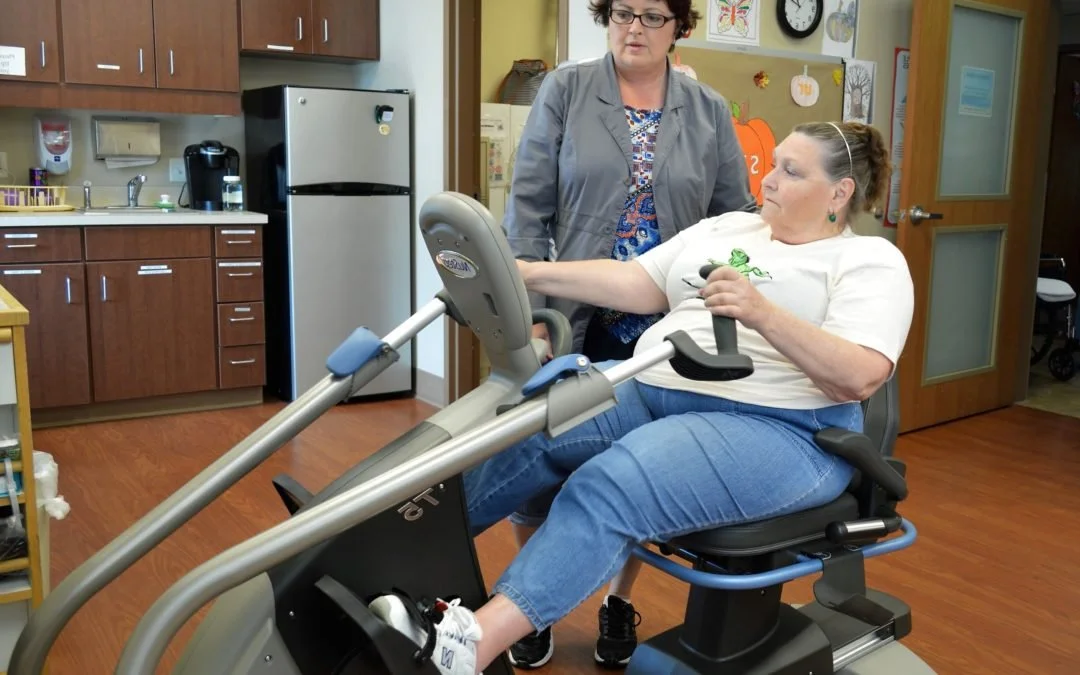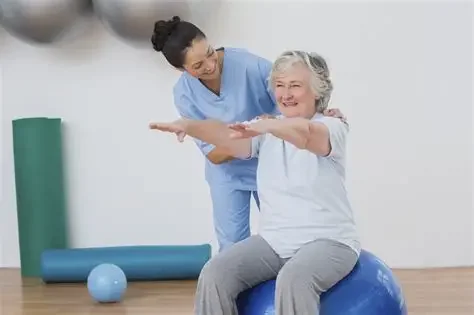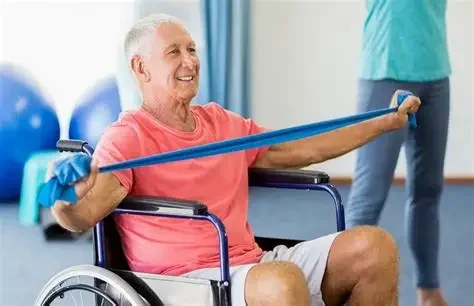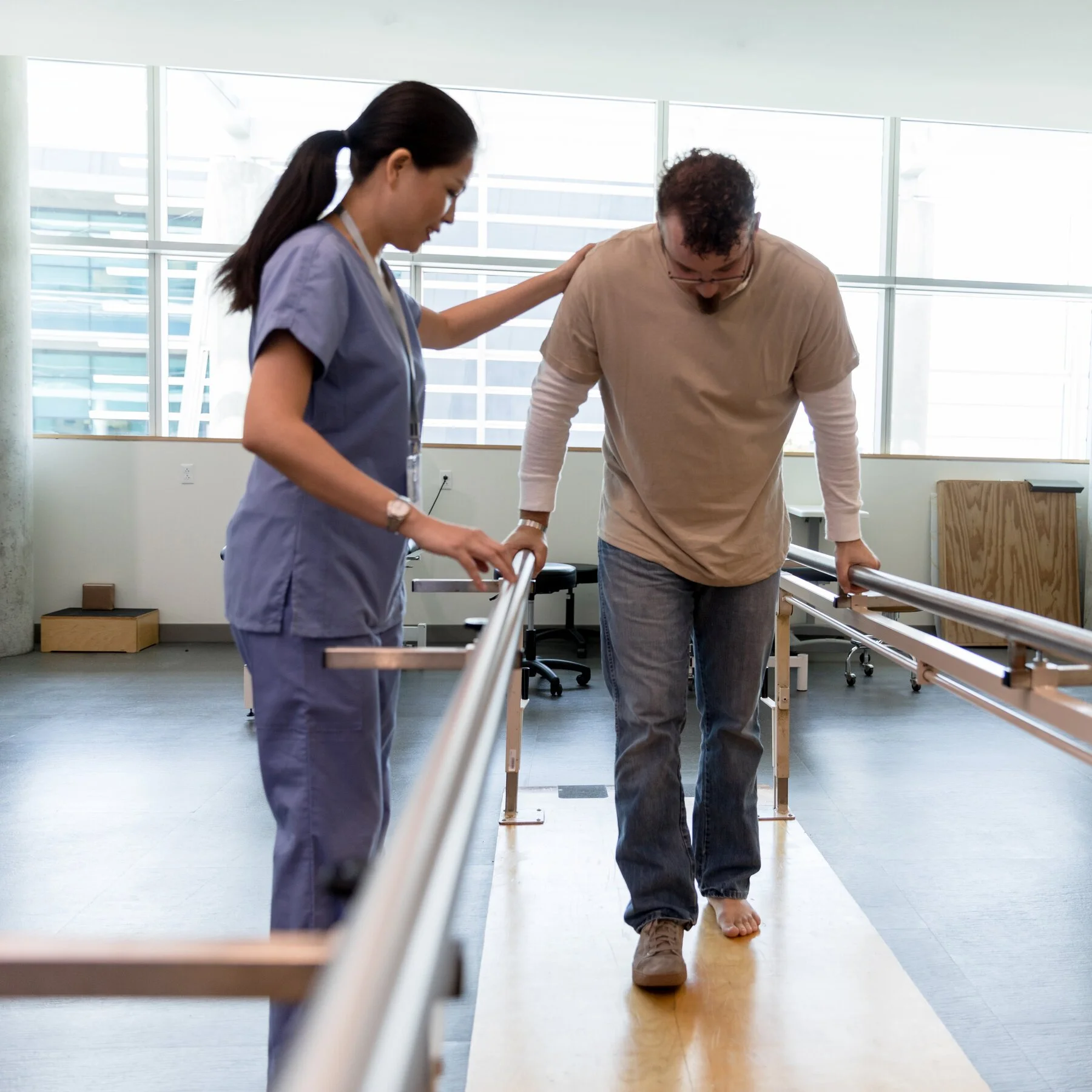
Excellent Care Physical Therapy, where your recovery is our priority.
Whether you're healing from surgery, managing chronic pain, or recovering from an injury, Excellent Care Physical Therapy is equipped to guide you every step of the way.
Our mission
Our mission is to provide compassionate, evidence-based rehabilitation that supports the whole person—physically, emotionally, and functionally—on their journey to full recovery and lasting wellness.
Our team
At Excellent Care Physical Therapy, our team of licensed Physical, Occupational, and Speech Therapists brings years of clinical experience and a shared commitment to excellence. We stay current with the latest advancements in rehabilitation through ongoing professional education, ensuring that our patients receive evidence-based, effective care.
Treatments are delivered in our modern outpatient facility, equipped with the latest technology designed to support recovery and maximize results in a comfortable and encouraging environment.
Our approach
Our mission is to provide compassionate, evidence-based rehabilitation that supports the whole person—physically, emotionally, and functionally—on their journey to full recovery and lasting wellness. Excellent Care Physical Therapy, PC was established in 2012. We are a dedicated team of licensed therapists united by a shared mission: to deliver superior, outcome-focused care through comprehensive physical rehabilitation. Our commitment is to provide high-quality, personalized treatment that supports every patient’s full recovery and long-term wellness.
A calm and caring space where you can heal, learn, and reclaim your well-being
All of your appointments will take place in our soothing office environment with individualized care.
Convienent locations near you
Convenient Locations to Serve You:
Brownstown, MI
Lansing, MI
We proudly offer accessible care at both of our state-of-the-art outpatient clinics. No matter which location you visit, you’ll receive the same high-quality, patient-focused therapy in a welcoming environment.
Therapy services offered in the following communities:
Belleville, MI
Carleton, MI
Flint, MI
Hazel Park, MI
Southfield, MI
Pontiac, MI
Clinton Township, MI
More locations coming soon!
Services
-
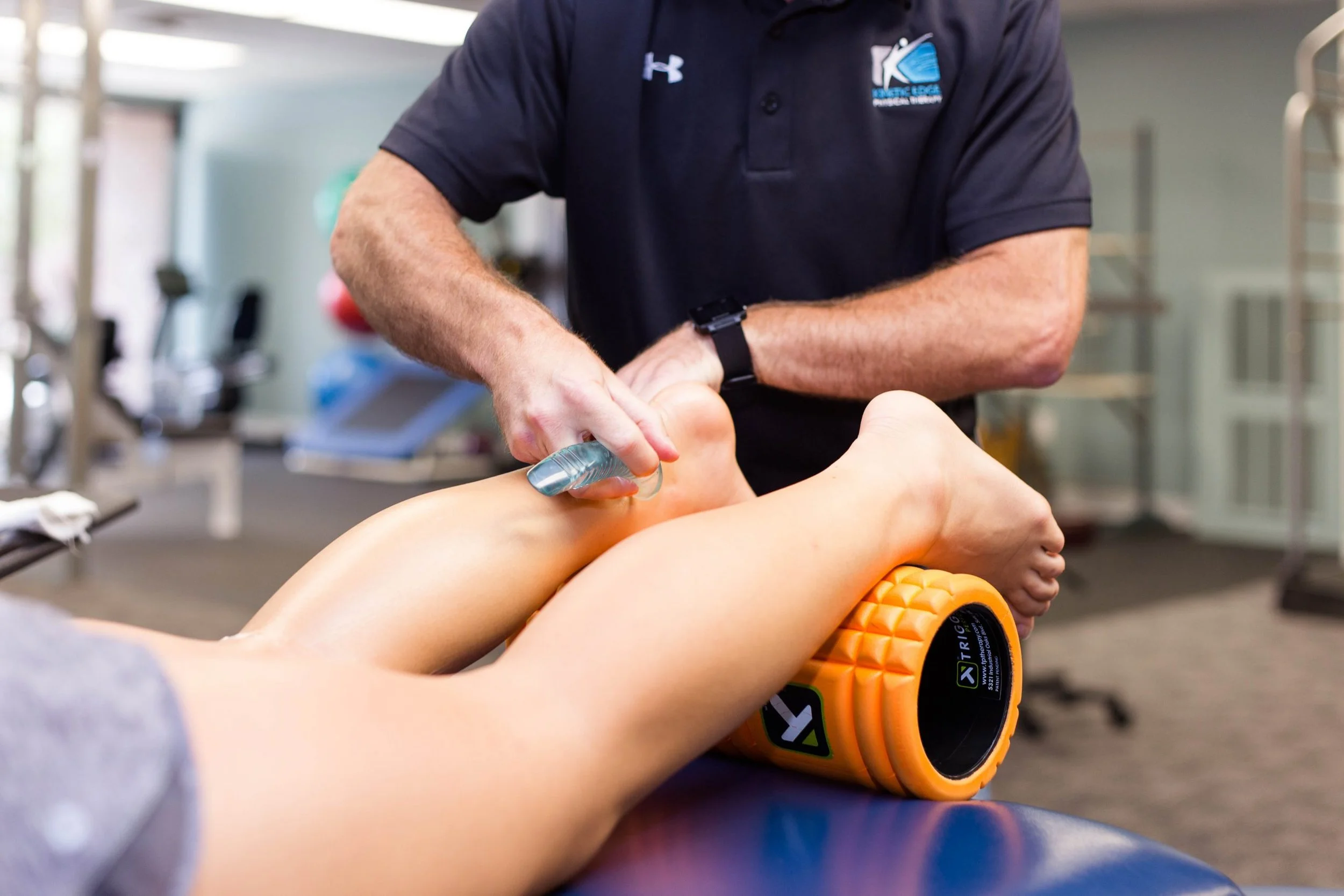
Soft Tissue Mobilzation
Soft tissue mobilization (STM) is a manual therapy technique used by physical therapists and other healthcare professionals to treat muscles, fascia, ligaments, and tendons. It involves the skilled, hands-on manipulation of soft tissues to:
Reduce pain and muscle tension
Improve range of motion
Promote healing and circulation
Break down scar tissue and adhesions
Restore normal tissue function and mobility
-
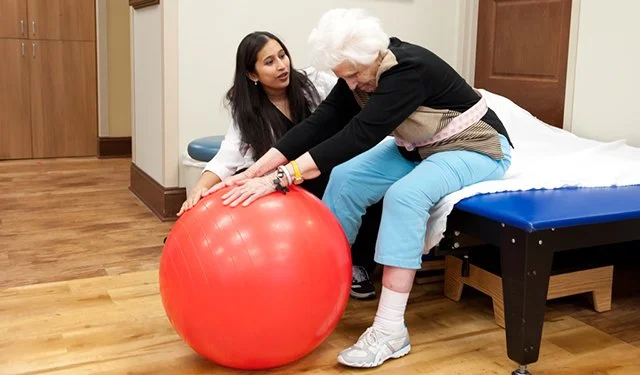
Ortho Rehabilitation
Orthopedic rehabilitation (often called ortho rehab) is a specialized area of physical therapy focused on helping individuals recover from injuries or surgeries involving the musculoskeletal system—which includes bones, joints, muscles, tendons, and ligaments.
The goal of orthopedic rehabilitation is to:
Reduce pain and inflammation
Restore strength, flexibility, and mobility
Improve functional movement and coordination
Support recovery after orthopedic surgery (e.g., joint replacements, ligament repairs)
Prevent future injuries
Ortho rehab may include a combination of therapeutic exercises, manual therapy, stretching, modalities (like heat, cold, or electrical stimulation), and patient education to support long-term recovery and return to daily activities or sports.
-

Neuro Rehabilitation
Neurological rehabilitation (or neuro rehab) is a specialized area of therapy focused on helping individuals recover function and improve quality of life after injury or disease affecting the nervous system, including the brain, spinal cord, and peripheral nerves.
The goals of neuro rehab are to:
Restore or improve mobility, balance, and coordination
Enhance muscle strength, control, and functional independence
Promote neuroplasticity (the brain’s ability to rewire and adapt)
Support recovery from conditions like stroke, traumatic brain injury, spinal cord injury, Parkinson’s disease, multiple sclerosis, and neuropathy
Neuro rehab typically includes a combination of:
Physical therapy to improve movement and strength
Occupational therapy to regain daily living skills
Speech therapy for communication or swallowing difficulties
Assistive technology and adaptive strategies for independence
Each treatment plan is personalized and may involve both in-clinic and home-based activities to support long-term recovery and function.
-
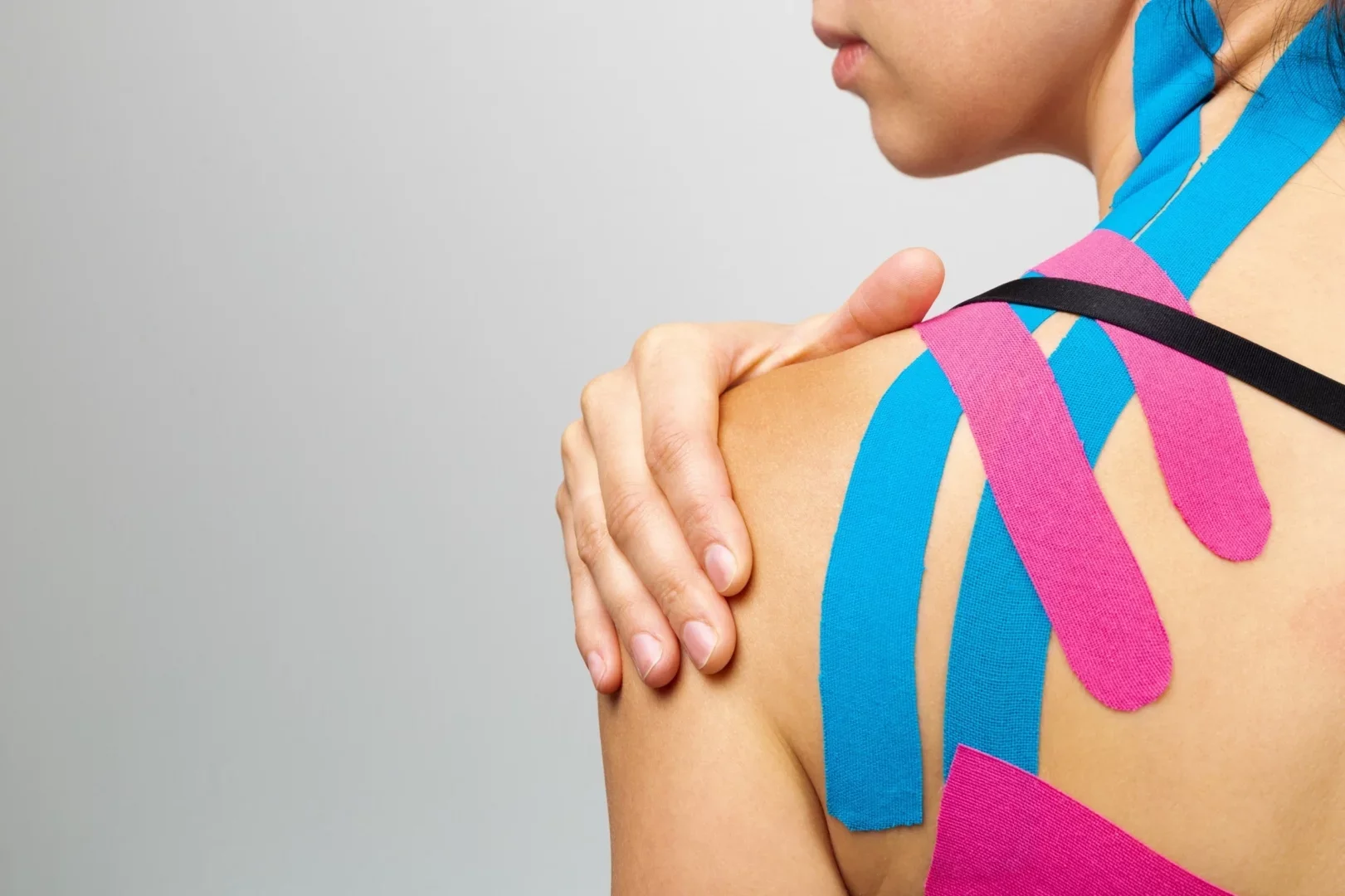
Kinesio Taping
Kinesio Taping (also known as Kinesiology Taping) is a therapeutic taping technique that uses a special elastic tape to support muscles, joints, and soft tissues without restricting movement. Developed by Dr. Kenzo Kase in the 1970s, it is widely used by physical therapists, athletic trainers, and medical professionals.
Key purposes of Kinesio Taping:
Reduce pain and inflammation
Support injured muscles and joints
Improve circulation and lymphatic drainage
Enhance athletic performance and recovery
Provide neuromuscular feedback to improve posture and movement
How it works:
Kinesio Tape is applied in specific patterns over targeted muscles or joints. Its elasticity gently lifts the skin, which can:
Create space to reduce pressure and swelling
Stimulate sensory receptors to help reduce pain
Promote better muscle activation or relaxation depending on the technique used
It’s commonly used in treating conditions like sprains, strains, tendonitis, postural issues, and post-surgical recovery.
-
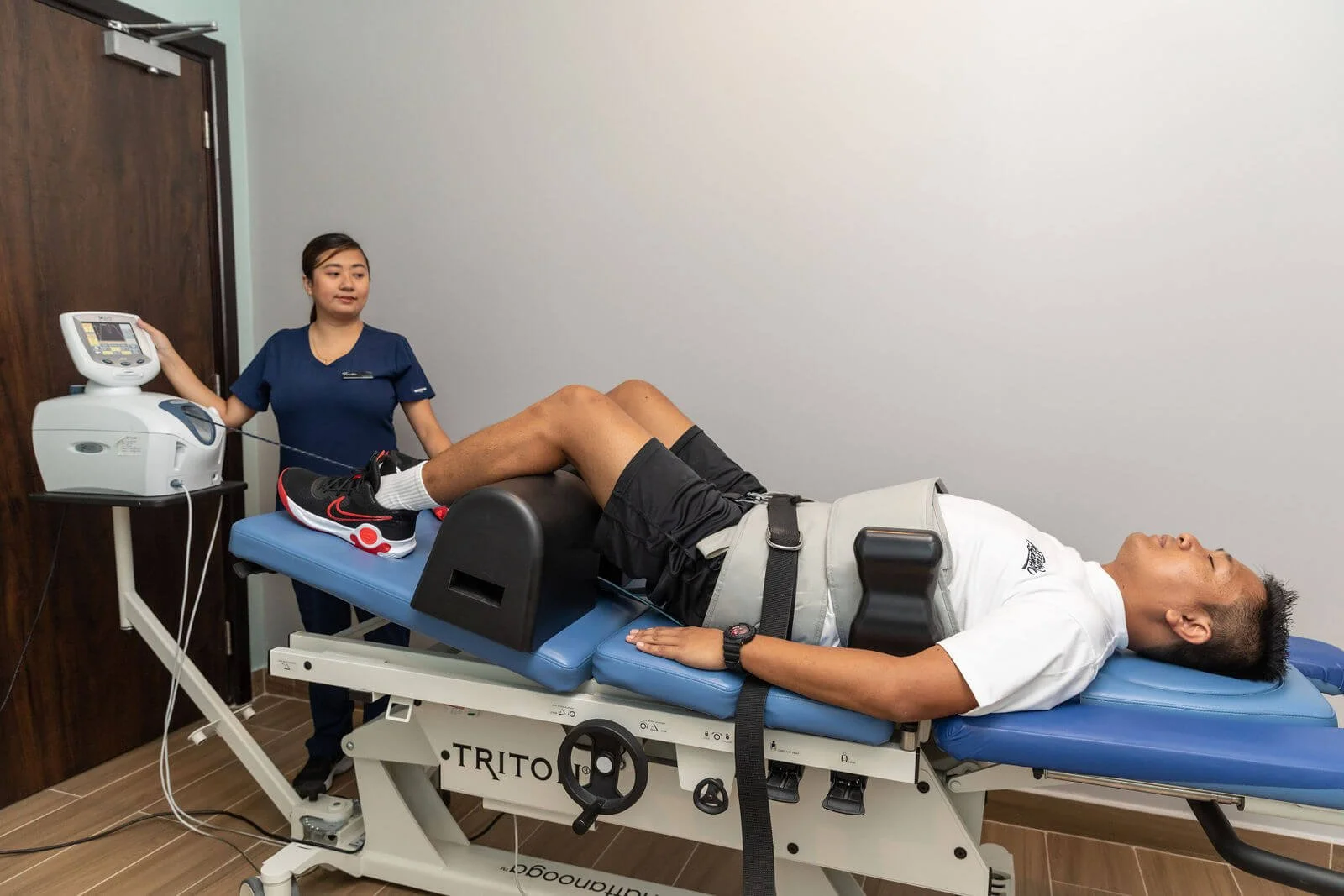
Spinal Decompression
Spinal decompression is a therapeutic technique used to relieve pressure on the spine, particularly on the intervertebral discs, spinal nerves, and surrounding structures. It can be performed surgically or non-surgically, with the non-surgical method commonly used in physical therapy and chiropractic care.
🔹 Non-Surgical Spinal Decompression
This is a gentle, motorized traction technique designed to:
Relieve pressure from herniated or bulging discs
Promote retraction or repositioning of the discs
Improve circulation and nutrient flow to spinal tissues
Reduce pain, tingling, or numbness caused by nerve compression
It is often used to treat:
Herniated or bulging discs
Degenerative disc disease
Sciatica
Spinal stenosis
Facet joint syndrome
Patients typically lie on a special decompression table, where controlled traction is applied to stretch the spine and relieve pressure.
-
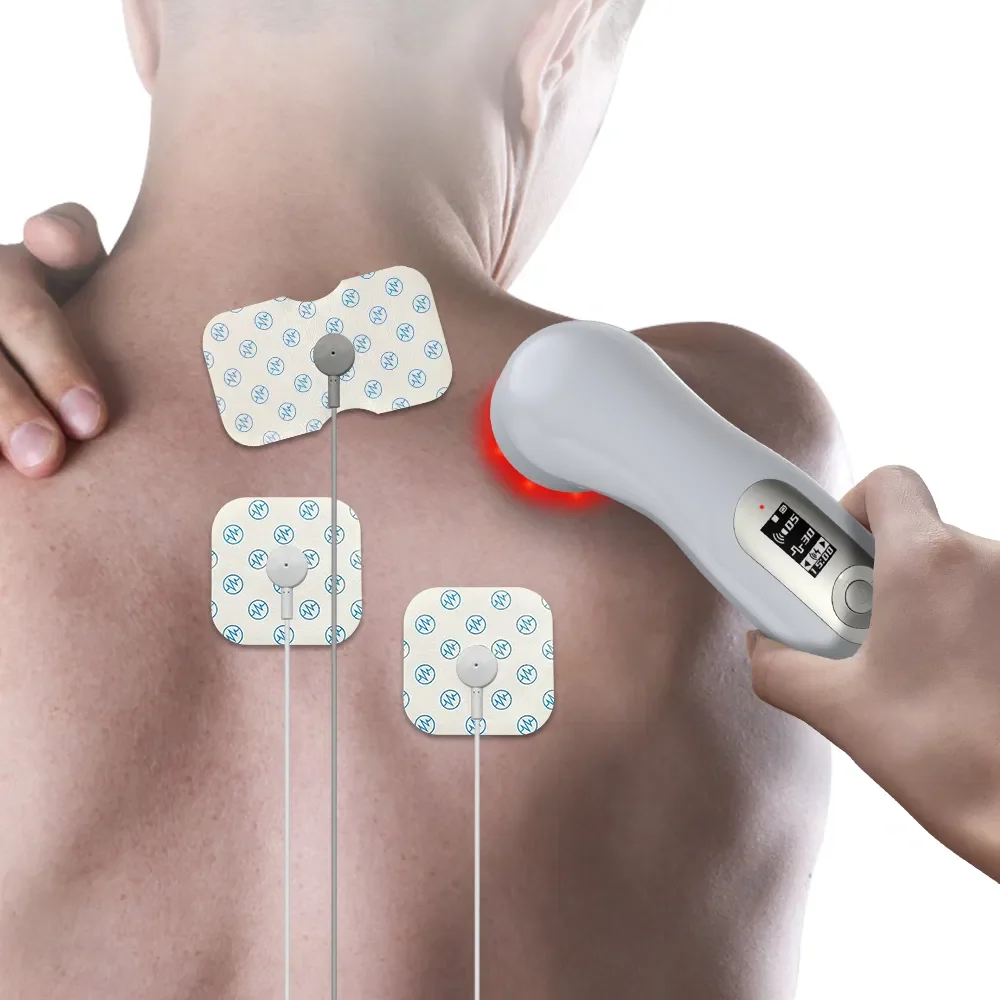
Ultrasonic Therapy / Laser Therapy
Ultrasound Therapy
Ultrasound therapy uses high-frequency sound waves to penetrate deep into soft tissues, promoting healing and reducing pain and inflammation. The sound waves cause gentle vibrations that increase blood flow, relax muscles, and stimulate tissue repair. It is commonly used to treat conditions like muscle strains, tendonitis, and joint inflammation.
This therapy is non-invasive, painless, and often used as part of a comprehensive rehabilitation plan.
-

Manual Therapy
Manual Physical Therapy is a specialized form of hands-on treatment performed by trained physical therapists to diagnose and treat musculoskeletal pain and dysfunction. It involves skilled techniques such as:
Joint mobilization and manipulation (gentle movements or quick thrusts to improve joint motion)
Soft tissue mobilization (massage and stretching of muscles, ligaments, and fascia)
Trigger point release
Myofascial release
The goal of manual physical therapy is to reduce pain, improve mobility and function, restore normal movement patterns, and promote healing. It is often used for conditions like back pain, neck pain, sports injuries, and arthritis.
-
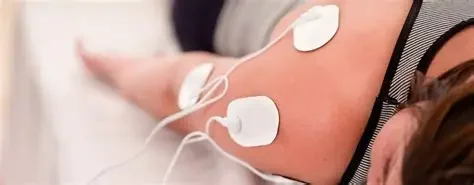
Iontophoresis / Electro Therapy
Iontophoresis is a non-invasive treatment method that uses a mild electrical current to deliver medication through the skin directly to a targeted area. This technique helps reduce inflammation, relieve pain, and promote healing without the need for injections or oral medications.
It is commonly used to treat conditions such as:
Tendonitis
Bursitis
Muscle spasms
Inflammation
The electrical current helps push charged medicine ions into the affected tissues, allowing for deeper and more localized treatment.
-
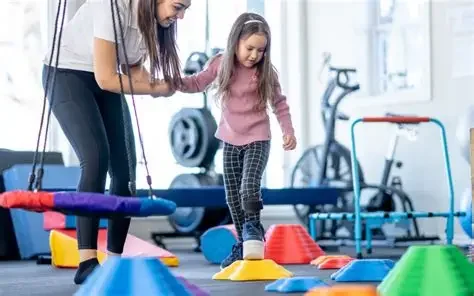
ADL Retraining
ADL retraining stands for Activities of Daily Living retraining. It is a therapeutic process aimed at helping individuals regain the skills needed to perform everyday tasks essential for independent living. These activities include:
Personal hygiene (bathing, grooming, dressing)
Eating and meal preparation
Toileting
Mobility (transferring, walking)
Household tasks (cleaning, managing finances)
ADL retraining is often provided by occupational therapists or rehabilitation specialists and is especially important for people recovering from injury, illness, surgery, or neurological conditions. The goal is to improve independence, safety, and quality of life.
-
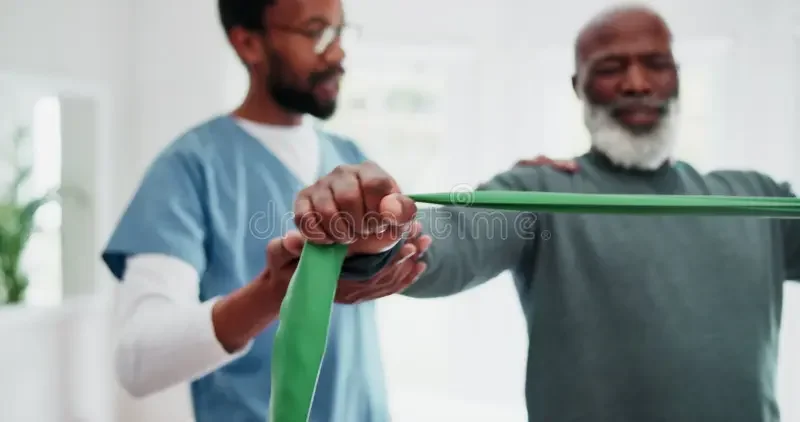
Hand Rehabilitation
Hand rehabilitation is a specialized therapy program focused on restoring strength, mobility, coordination, and function to the hand and wrist after injury, surgery, or illness. It involves exercises, manual therapy, splinting, and other treatments designed to help patients regain fine motor skills and perform daily tasks like gripping, writing, and manipulating objects.
Common reasons for hand rehabilitation include:
Fractures or dislocations
Tendon or nerve injuries
Arthritis
Post-surgical recovery
Stroke or neurological conditions affecting hand function
The goal of hand rehabilitation is to maximize hand function, reduce pain, and improve overall quality of life.
-

Auto Accident Injury Treatment
Auto accident rehabilitation is a specialized rehabilitation program designed to help individuals recover from injuries sustained in motor vehicle collisions. These injuries often include whiplash, soft tissue strains, fractures, joint injuries, and concussion-related symptoms.
The rehabilitation typically involves a combination of:
Physical therapy to restore movement, strength, and flexibility
Pain management techniques such as manual therapy, modalities, and exercises
Neuromuscular re-education to improve coordination and function
Patient education on injury prevention and recovery strategies
The goal is to reduce pain, restore normal function, and help patients return safely to their daily activities and work.
-
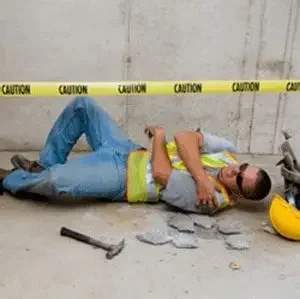
Work Related Injury Treatment
Workers’ injury treatment refers to the specialized medical care and rehabilitation provided to individuals who have sustained injuries while performing their job duties. This treatment aims to:
Manage pain and promote healing
Restore physical function and mobility
Prevent further injury or complications
Facilitate a safe and timely return to work
Treatment may include physical therapy, manual therapy, pain management, ergonomic assessment, and workplace modifications. It often involves coordination with employers and insurance providers to support the patient’s recovery and work reintegration.
“The staff at Excellent Care are not only kind and caring people, they target all the areas I needed to work on to get me back to being the active person I was before needing a hip replacement.”
— Cherryl T. Excellent Care Client
“…has helped me get almost all my strength back and has been very flexible to help me make my appointments.”
— Steve S. Excellent Care Client
“Excellent Care is an amazing place. Jay the therapist is thorough in everything he does. Makes you feel brand new…”
— Laura D. Excellent Care Client

